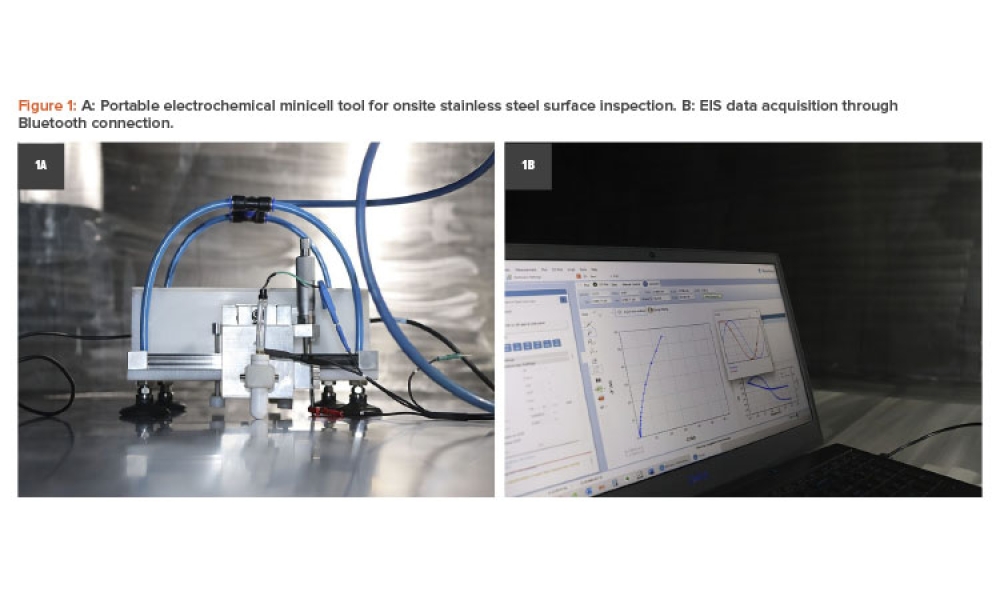Industrializing New Platforms

Moving platforms from development to the delivery of more biopharmaceuticals to more patients is reality, not just a concept, for Moderna, Inc. Juan Andres, the company’s Chief Technical Operations and Quality Officer, presented on “mRNA Medicines—Industrializing a New Platform” at the 2019 ISPE Biopharmaceutical Manufacturing Conference, sharing information about groundbreaking work underway at Moderna.
Andres likened scale-up processes, development, and commercializing production to preparing a meal for a large group. “Preparing dinner for four is not like preparing dinner for 200,” he said. The challenges in producing biopharmaceutical drugs on a larger scale—especially with new technology—are “super challenging.”
Learn from the Past
Andres advises the industry to “look to the past in anticipating the future”; history can offer ideas on how to face new challenges. He traced key developments in the industry, starting with antibiotics in the 1930s, moving to what he called a second medical revolution in the 1980s, then on to bio-logics. “These cycles can predict what we are living now,” he noted. In the moments of revolution, or new cycles, chemistry, manufacturing, and controls (CMC) are all sources of variability. Between cycles, however, this is not the case; manufacturing is the source of variability as the platform becomes established.
Since 2010, the industry has been in another manufacturing revolution, with multiple different platforms starting to emerge and bringing variability with them. “There are many unknowns with cell and gene therapy and some of the other technologies that are coming,” Andres said.
He provided some background about Moderna’s platform, messenger RNA (mRNA), which instructs a patient’s cells to produce proteins that could prevent, treat, or cure disease. According to Andres, “We make mRNA and use the body as a natural ‘bioreactor.’”
Moderna has over 20 products in development, 12 in clinical trials. The company started with prophylactic vaccines and moved into other areas little by little, with modalities including cancer vaccines, intratumoral immuno-oncology, localized regenerative therapeutics, systemic secreted therapeutics, and systemic intracellular therapeutics. Rare diseases are the newest area for Moderna. Taking a platform approach enables fast learning, Andres said.
The ability to build learning into CMC is key to industrializing mRNA technology. The ability to scale the platform while learning continues is a central issue, and Andres shared highlights from Moderna’s approach.
Keep Control of What You Are Learning
Moderna has a year-old facility in Norwood, Massachusetts, and a GMP manufacturing strategy. Prior to constructing the facility, Moderna used outsourcers, but the company saw a centralized approach as more efficacious than working with multiple outsourcers. Moderna also decided to have its own manufacturing site to enable increased speed in learning and implementation: the Norwood facility is the primary facility, with a CMO network as contingency. This decision enabled Moderna to optimize processes and increase mRNA output by four times.
Moderna leadership recognized that the company would need “a lot of supplies and a common platform where things are done the same, product by product,” Andres explained. “We knew we would have to scale.” That was a tough challenge, but having the Norwood facility allowed the scale needed: by 2020 to 2022, Moderna is aiming for 100g. Cost is improving, he noted, with expenditures falling 45% to 55% between 2015–2016 and 2017–2019.
The Norwood facility was built and operationalized in just 22 months; it includes preclinical, clinical, and personalized cancer vaccine production, and plasmid and buffers (including mRNA).
Learn and Implement Fast
Moderna focused on digital enhancements and quality from the start. Digital integration was seen as a “must” for operations such as engineering runs, toxicology runs, tech transfer, manufacturing, testing and receiving raw materials, and product testing, release, shipment, and administration.
For example, all equipment is integrated in the cloud, almost no paper is used, and Moderna uses electronic batch records. Moving from paper to electronic batch records cut documentation errors by over 85% and reduced overall cycle time and variability. Review time fell from three days to just three hours. Logbooks are integrated digitally, and the facility uses the internet of things on the shop floor for functions such as push-button consumable replenishment, which eliminates manual entry of material orders and lets operators focus on execution. Material requests are batched to optimize delivery.
Learning is captured with advanced analytics and artificial intelligence. Analytics driving operations include suite view (operators see and respond to alarm conditions); KanbanFlow software (visual boards drive materials, sample, and production flows); daily huddles (teams review schedules and real-time plant status to plan work); train segregation (digital fences monitor and segregate trains within a ballroom); and operational excellence (ability to analyze personnel and materials flows to drive continuous improvement).
Simple Things Can Make You Trip
Filling product, paying vendors, making orders: such so-called mundane activities are hard to do. It is not just science that is needed, Andres noted.
Know the basics and do them well, he said. Having a people strategy is important to this. Even in operations that would not be considered novel, a company like Moderna needs people with industry experience to help it move forward.
Inspire Collaboration
Collaboration improves research and development, platform technology and development, and CMC, Andres said. It’s essential that clinical development and manufacturing, quality, and supply chain interface. “We are learning as we go,” he said. “We wanted a very open environment that inspires collaboration.” For that reason, the Norwood facility has an open design.
Collaboration goes beyond the walls of the facility, he noted, and is a strategic issue. “Involve health authorities early—this is essential! We have great collaborations with the FDA, Europe authorities, and big pharma companies we are partnering with. Bring them in!”
“We are not gene therapy, not large molecules, not small molecules—so what are we? We need to partner and involve them early. These could be a new class of medicines. Let’s not wait until we know everything.”
Moderna’s Norwood facility is the Facility of the Future category winner in ISPE’s 2019 Facilities of the Year competition.



